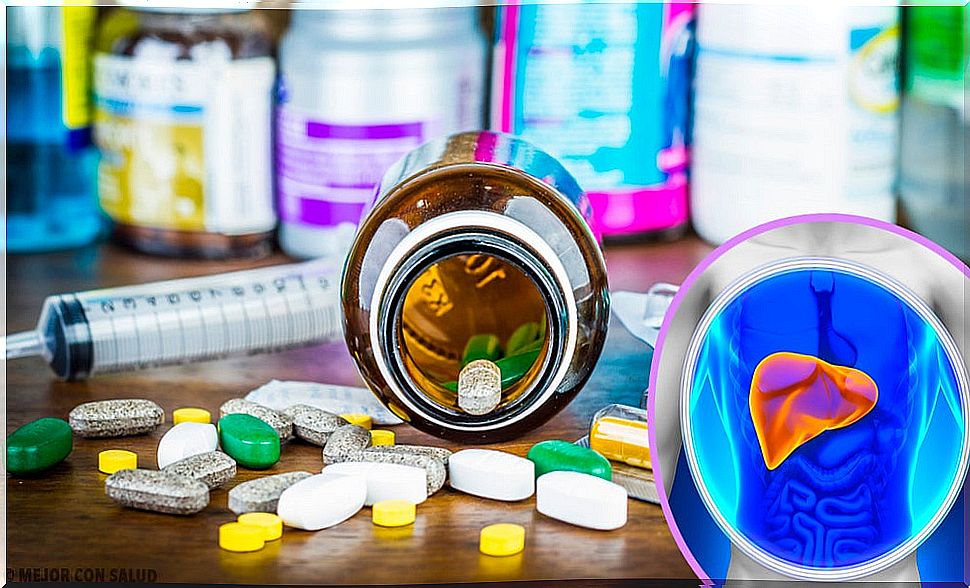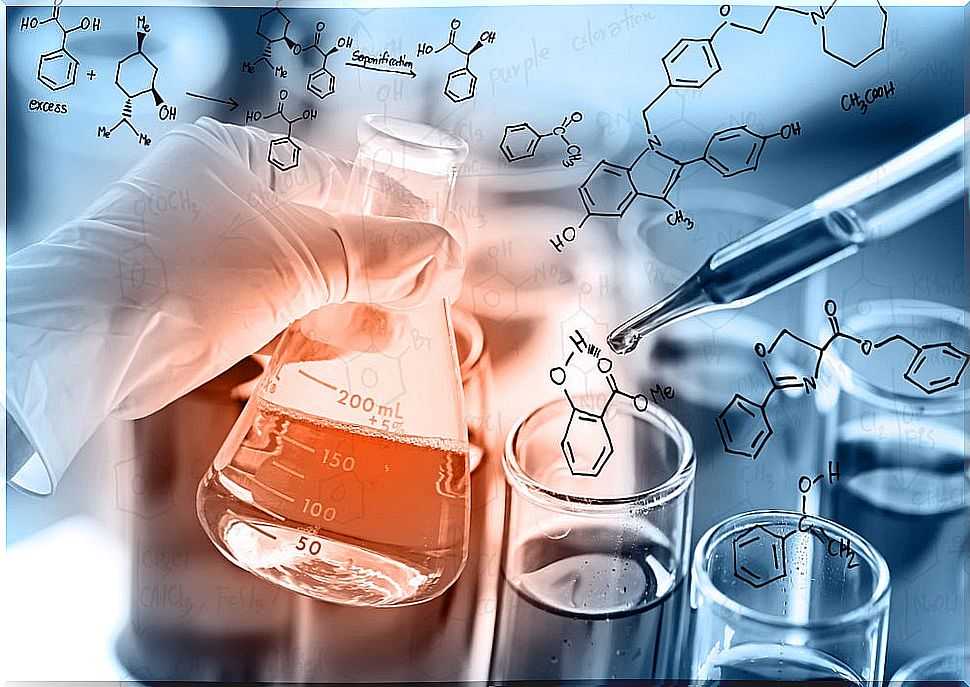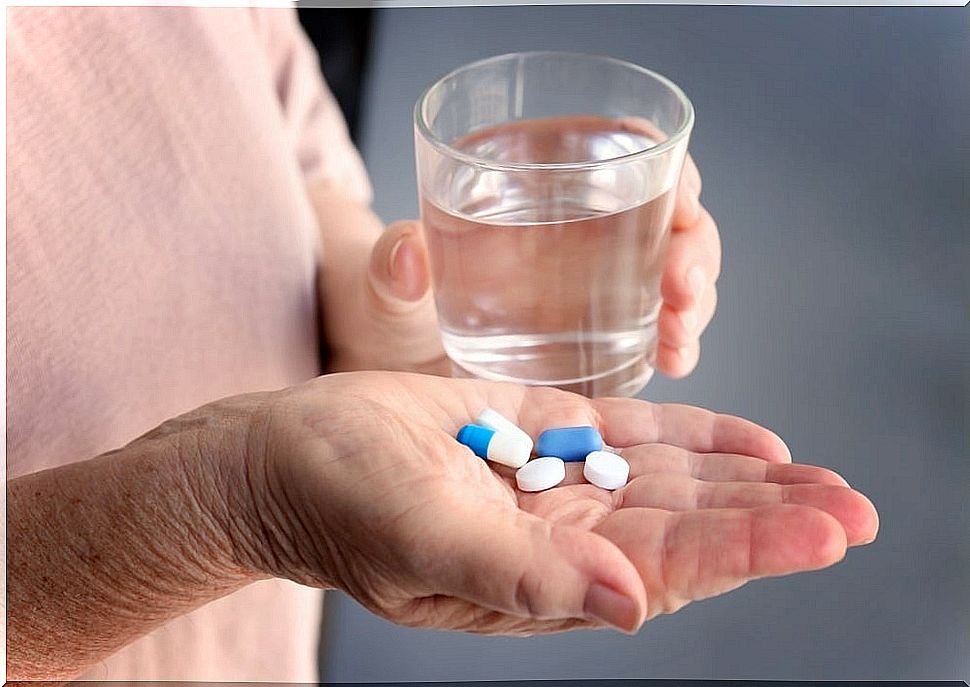Drug Metabolism
It is important to bear in mind that, once they enter the body, drugs remain in motion all the time and their trajectories can vary from the site of administration to the digestive tract and different organs.

In the course of their evolution, both human beings and animals have acquired the ability to metabolize foreign substances for the body that, when not used for energy metabolism, become waste.
Wastes are characterized by having a lipophilic nature, which makes them have a natural tendency to accumulate in the lipid environments of the body. These characteristics cause difficulties in its elimination process and, in fact, can influence the appearance of toxicity phenomena due to excessive accumulation.
However, the liver works constantly for its biotransformation. That is to say, a set of reactions that allow you to modify the chemical structure of these substances, increasing their solubility in water to subsequently remove them.
Drug biotransformation

The metabolism or biotransformation of drugs occurs through a series of reactions that enable or inactivate their molecules within the body. When this process is carried out, the substances can make the drug active, or they can convert it into a metabolite, which will be easier to eliminate.
Most of the processes are carried out by the liver, since this organ is in charge of secreting the enzymes that interfere with biotransformation. In general, this metabolization process occurs through reactions such as:
- Oxidation.
- Reduction.
- Hydrolysis.
- Hydration.
- Conjugation.
- Condensation.
- Isomerization.
It is important to note that drugs remain in motion all the time once they enter the body, and their trajectories can vary from the site of administration to the digestive tract, liver, and kidneys.
Drug metabolism enzymes

There are three types of enzymes (proteins) that interfere with drug metabolism:
- liver microsomal enzymes : those found in the liver;
- extrahepatic microsomal enzymes – those found in organs such as the brain, kidneys, lungs, heart, and other areas;
- and non-microsomal liver enzymes: those that require the drug to be accompanied by endogenous compounds (acetyl, glucuronyl, methyl, sulfa or glutathione) to make it more excretable.
Phases of metabolism
Drug metabolism occurs in two phases, which can occur independently, together, or alternately.
Phase 1
It involves CYPs or the cytochrome P-450 system, an enzyme system found in the liver that catalyzes the oxidation of many drugs.
- These enzymes can be induced or inhibited by many varieties of drugs and substances, which can cause pharmacological reactions in which one drug enhances its toxicity or reduces the therapeutic effect of another.
- Among other things, it should be mentioned that this cytochrome system (CYP) is essential for the transport of chemical energy in living beings and for maintaining homeostasis.
- Its metabolic capacity is reduced during old age due to the decrease in size and blood flow that occurs in the liver.
Phase 2
The most important reaction of phase 2 is the formation of glucuronides and, in fact, it is the only one that takes place in the microsomal enzyme system of the liver.
- Glucuronides are secreted and, after fulfilling their function, are eliminated through the urine.
- Synthetic reactions such as conjugation with an endogenous substance occur. For example: glutamine, sulfate or glycine.
- The metabolites that are formed in this phase by synthetic reactions are more soluble in water and, therefore, can be excreted in the urine or bile more easily.
- Aging does not affect the formation of glucuronides. However, in neonates their conversion is slow and can have serious effects.
Variability in patients

One of the aspects that, over the years, has made it difficult to analyze drug metabolism is that there may be variability in the effects that occur in each patient.
Thus, there are some factors that can interfere with its efficacy or toxicity. Some of these are as follows:
- Liver failure.
- Liver diseases.
- Advanced heart failure.
- Variations in genetic inheritance.
- Pregnancy (there may be less metabolism).
- Interactions with other concurrent medications.
- Age (the newborn because its metabolism is not sufficiently developed, and in older adults because it reduces the secretion of enzymes).
Pharmacogenomics

At present, pharmacology has developed an area known as “pharmacogenomics” whose main objective is to investigate all the genetic variants that influence the effects of the drug.
Many companies in the pharmaceutical industry are using the knowledge acquired in this field to develop and commercialize drugs for patients whose genetic profiles show variations.
This, in addition, facilitates the identification of some serious side effects of certain medications, being key so that they do not go on the market and that they are prescribed only for patients who are not at risk.
Take only the medications your doctor prescribes.









